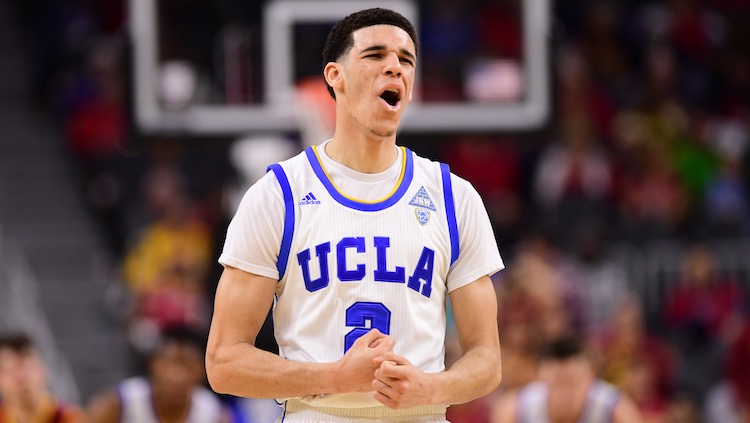VIDWeek: Meeting the Live Streaming Challenge

Complete Coverage of VIDWeek
New York—Live streaming is tricky for any over-the-top service, but delivering a good experience at scale is a challenge faced by Turner and its partners for the annual, widespread OTT coverage of the college men’s Division I basketball tournament.
While exact streaming numbers aren’t known heading into March Madness, it’s important to ensure that there’s enough capacity nailed up to keep those streams going and to keep an eye out for spikes and other issues that can emerge.
“It [live streaming traffic] grows every year,” Troy Causey, VP of technology at Turner, said at the Next TV Summit in a discussion with Ed Haslam, chief marketing officer of Conviva. “You don’t quite know how it’s going to grow,” Causey added, noting that traffic patterns during the tournament have been relatively similar year to year.
Related: VIDWeek: Personalization Not ‘Creepy’ When Done Right
March Madness 2017 set another streaming record for the tournament, delivering 98 million live streams across 15 different platforms during the tournament and 22.5 million video streams on the tourney's opening day alone.
Turner, which uses a separate NOC facility just for the March Madness streaming effort, again worked with Conviva to monitor those streams and to keep close tabs on overall quality of experience and how that helped to drive engagement and other content consumption trends.
Broadcasting & Cable Newsletter
The smarter way to stay on top of broadcasting and cable industry. Sign up below
Haslam and Causey also presented data illustrating how streaming usage and quality improved from the 2016 tournament to the 2017 iteration of March Madness.
In addition to a 16% increase in plays, the average bit rate rose from 2.1 Mbps in 2016 to 3.2 Mbps in 2017. The bit rate on Apple TV devices rose from 4.71 Mbps to 5.12 Mbps while buffering instances was reduced from 1.69% to 0.27%.
Related: VIDWeek: No One Immune to the OTT Effect, Rogers Says
Though traditional TV and OTT numbers tend to be separated, don’t expect that to continue forever.
“I think it will change,” Causey said. “Inside of Turner, there’s a big discussion about combined numbers. We think about the total audience.”
